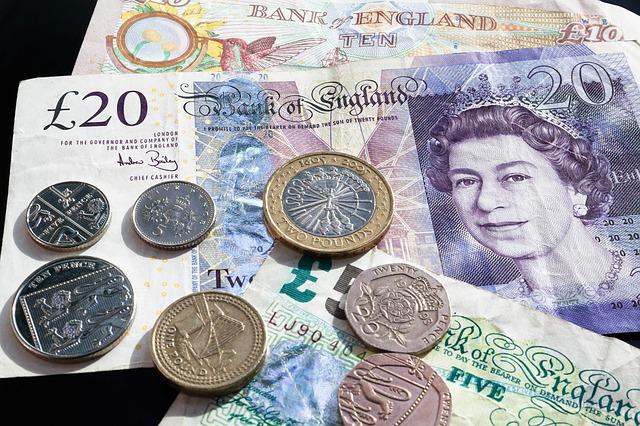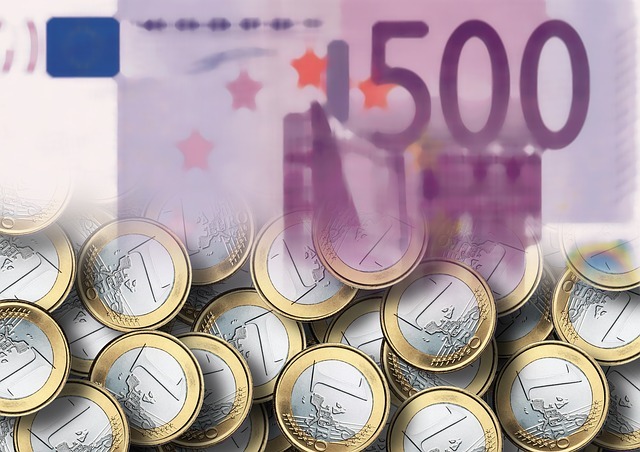In this article, we have covered the highlights of global market news about the USD/CHF, EUR/GBP, USD/CAD and NZD/USD.
USD/CHF rises away from multi-month lows, testing 0.9300 post-SNB.
On Thursday, the USD/CHF pair makes a good intraday comeback from the 0.9220 regions and ends a two-day losing run to an eight-month low set the day before. After the Swiss National Bank (SNB) issued its policy decision, intraday buying increased, and spot prices rose to the 0.9300 level in the early hours of the European session.
Following its December policy meeting, the SNB increased interest rates by 50 basis points, as was generally expected. This was the third straight rate hike in as many meetings, resulting in a total lift-off of 175 bps in 2022. However, the Swiss Franc lost a little strength when the central bank reaffirmed that it would continue participating in foreign currency markets as needed. The USD/CHF pair benefits from this, as well as a little increase in the value of the US Dollar.
A significant element that supports the dollar is a hawkish appraisal of the Federal Reserve’s decision on Wednesday. It is important to note that the US central bank signaled on Wednesday that it would keep raising interest rates. In addition, officials predict that by the end of 2023, the terminal rate will climb to 5.1%, adding another 75 basis points to borrowing costs. However, low US Treasury bond rates may discourage USD bulls from making risky wagers. In addition, the risk-off impulse may support the CHF and restrain any significant appreciation of the USD/CHF pair.
EUR/GBP hovers around 0.8600 ahead of BoE and ECB rate announcements.
Throughout the early European session on Thursday, the EUR/GBP cross trades inside a small trading range around the 0.8600 level, continuing its sideways, consolidative price movement. Ahead of the dangers associated with the central bank event, traders are unwilling to take directional bets and would instead remain passive.

This Thursday at 12:00 GMT, the Bank of England will make a statement about its monetary policy. In light of indications that UK inflation is reaching its peak, the UK central bank is generally anticipated to moderate the pace of its policy tightening and give a comparatively modest 50 bps rate rise. In reality, according to the official public figures, the UK Consumer Price Index (CPI) slowed down in November from 11.1% YoY to 10.7% YoY.
Furthermore, the BoE may need to take a cautious approach to increase interest rates due to concerns of a worse economic crisis. As a result, traders are delaying the placement of new bullish wagers surrounding the British Pound, which benefits the EUR/GBP cross. The shared currency is starting to see some selling, driven by a slight US Dollar recovery from a multi-month low. This still constrains the upside.
USD/CAD maintains increases over the mid-1.3500s despite lower oil prices and a minor USD rise.
On Thursday, there is some dip buying in the USD/CAD pair, which maintains a bullish tone in the early European session. The pair is presently trading in the range of 1.3565–1.3570, up over 0.15% today, and is being helped along by several factors.
The YTD low is approaching this week’s decent rebound move in crude oil prices, which weakens the commodity-linked Loonie and stops it in its tracks. In addition, the USD/CAD pair is helped by a slight US Dollar rebound from its lowest point since mid-June, which is supported by a hawkish evaluation of the Fed’s policy decision on Wednesday. While the upswing is occurring, there hasn’t been any follow-through purchasing, which calls for prudence before making any significant appreciating moves.
On Wednesday, the US central bank indicated that rate increases would continue. In addition, officials predict that by the end of 2023, the terminal rate will climb to 5.1%, adding another 75 basis points to borrowing costs. On the other hand, investors are confident that the Fed will soon change its extreme hawkish attitude to one more neutral. In turn, this maintains low yields on US Treasury bonds. In addition, a bullish risk tone may discourage USD bulls from making risky trades.
NZD/USD is still on the defensive below the mid-0.6400s, although the fall is limited.
On Thursday, the NZD/USD pair failed to benefit from its little intraday increase and drew some selling close to the 0.6465 area. During the early European session, the pair retreats to the lower end of its daily range and trades in the region of 0.6435 and 0.6430.

In response to a hawkish evaluation of the Federal Reserve’s policy decision on Wednesday, the US Dollar rebounds from its lowest level since mid-June. It works as a headwind for the NZD/USD pair. The US central bank announced a much-anticipated rate increase of 50 basis points on Wednesday and indicated that it would keep raising rates to combat inflation. By the end of 2023, borrowing costs would have increased by at least 75 bps, according to the so-called “dot plot,” The terminal rate would have increased to 5.1% from the 4.6% predicted in September.
In addition, the US central bank anticipates it will take longer to reach the target inflation rate of 2%. In addition, Fed Chair Jerome Powell said at the press conference held after the meeting that additional information was required before the central bank would significantly alter its assessment of inflation. As a result, the dollar is given some support, along with dismal Chinese macroeconomic data, causing Kiwi resource stocks to decline. However, the NZD/USD pair is still firmly inside the overnight range, so bearish traders should exercise care.
Please click here for the Market News Updates from 14 December, 2022.

